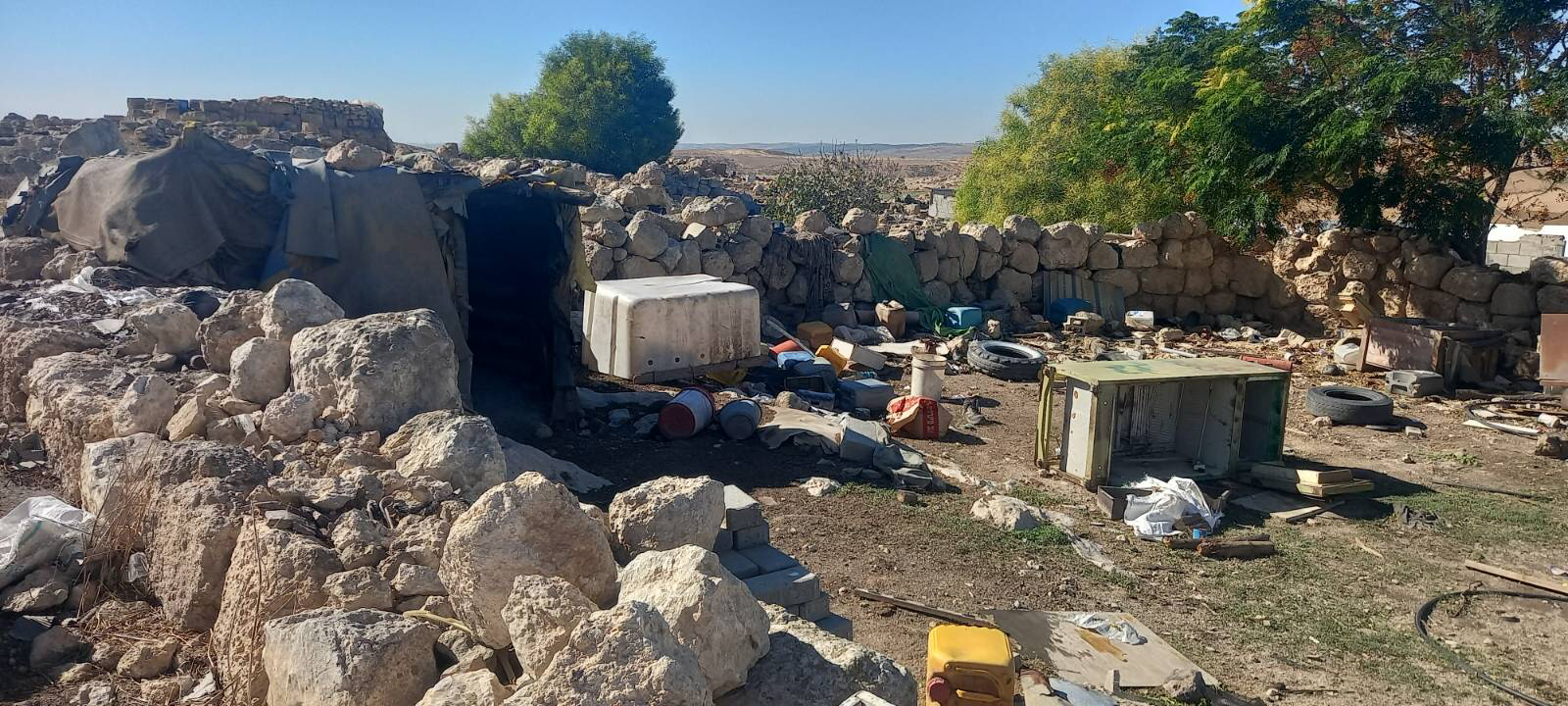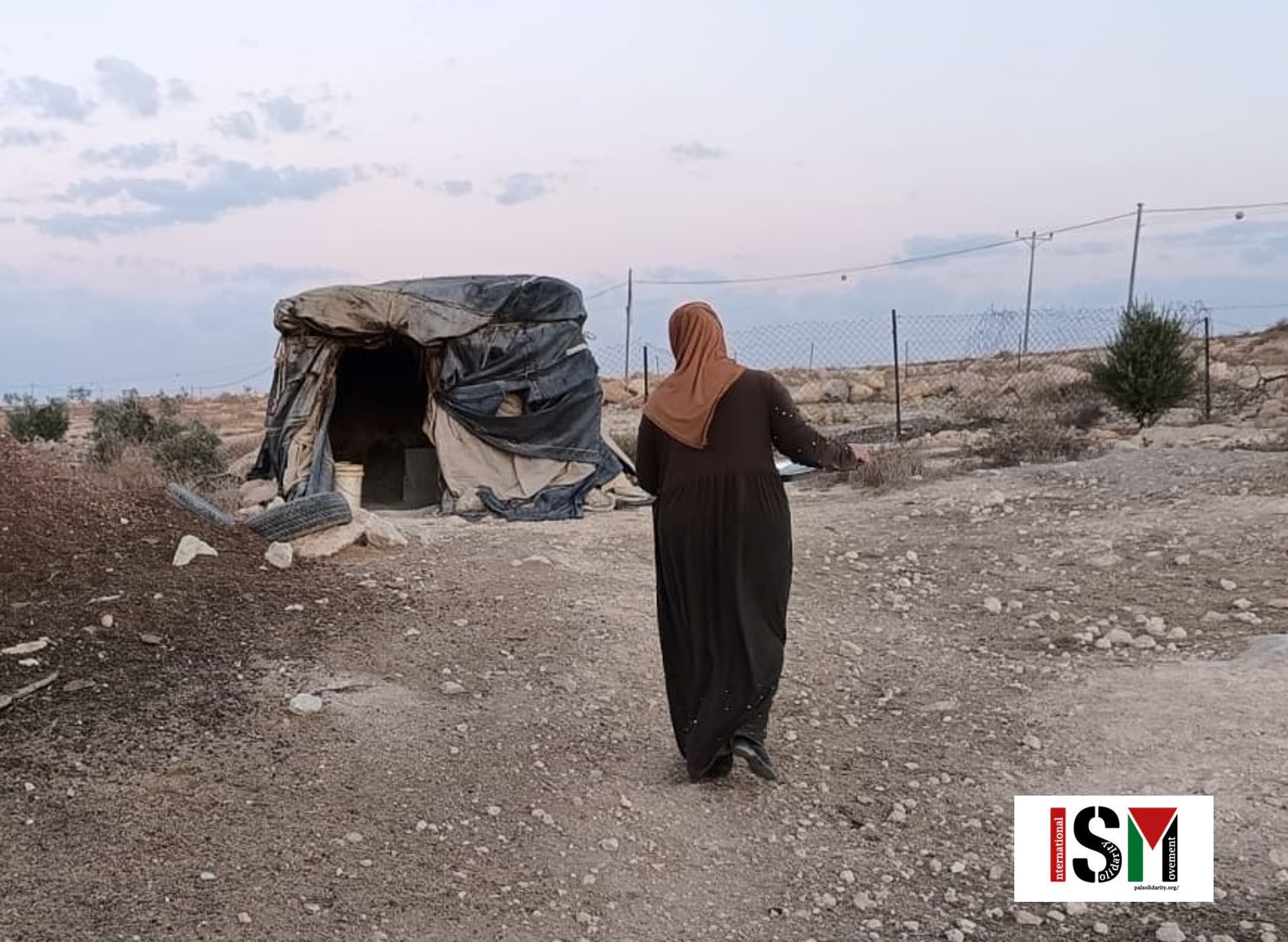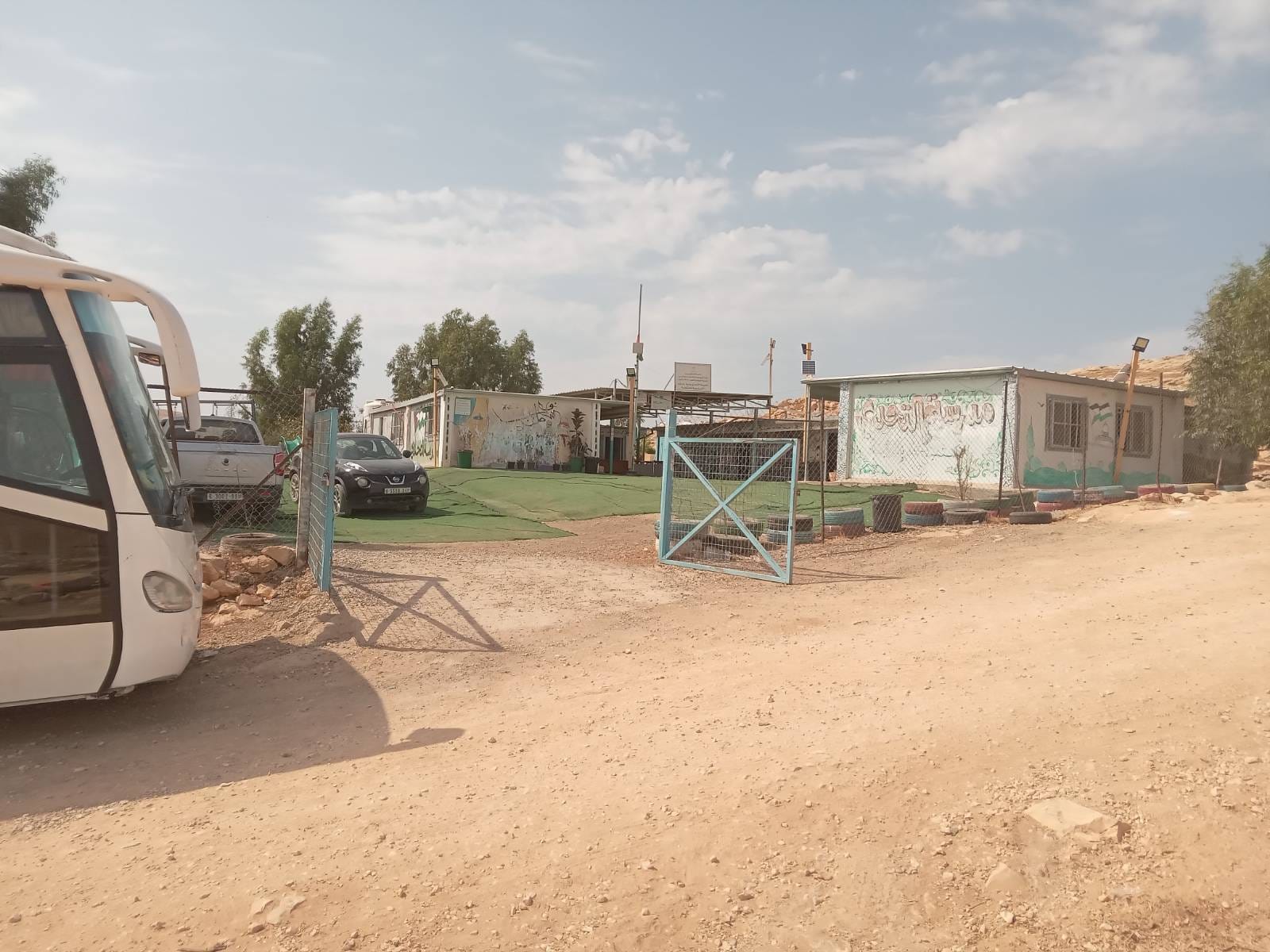Tag: Settlers
-
Zanuta: The Return
On November, 29th 2023, International Day of Solidarity with Palestine, Palestinian villagers forcefully displaced from their lands through threats of murder by Israeli settlers, returned to their village, Zanuta.
-
We will not be intimidated: Statement and call to action about the attacks on our group in the Israeli media
This week the International Solidarity Movement has been targeted in the Israeli media. Articles have appeared naming and showing pictures and videos of ISM Volunteers and Israeli activists accusing them of spreading ‘a false campaign against settler violence’ and of being Hamas supporters and ‘Nazi helpers’. In the current atmosphere of violence against dissent this…
-
Palestinians hospitalised in settler attack near Ramallah
15 October, 2023 | International Solidarity Movement | Wadi Siq Armed settlers attacked Palestinians and international volunteers in the Bedouin village of Wadi Siq, east of Ramallah, on Thursday (October 12) hospitalising two people. Villagers were also beaten after the illegal settlers returned for a second attack later that day, ISMers were told. …



